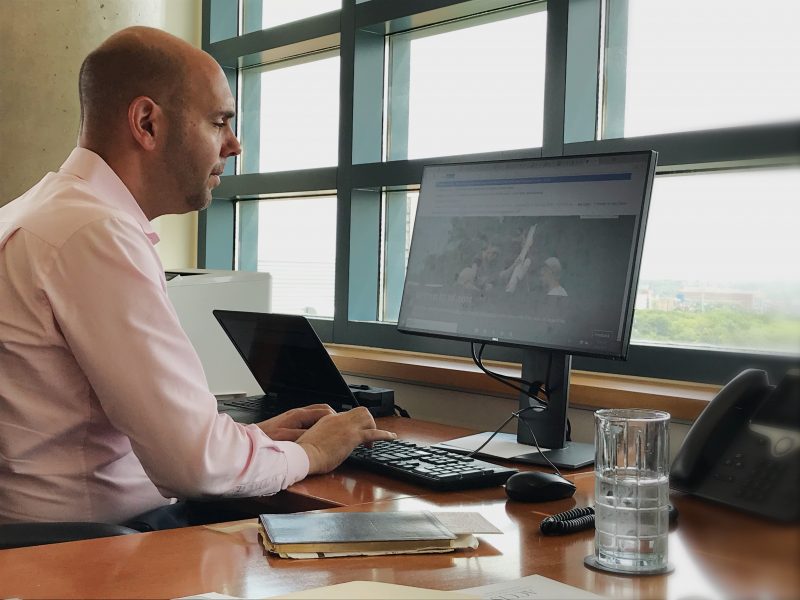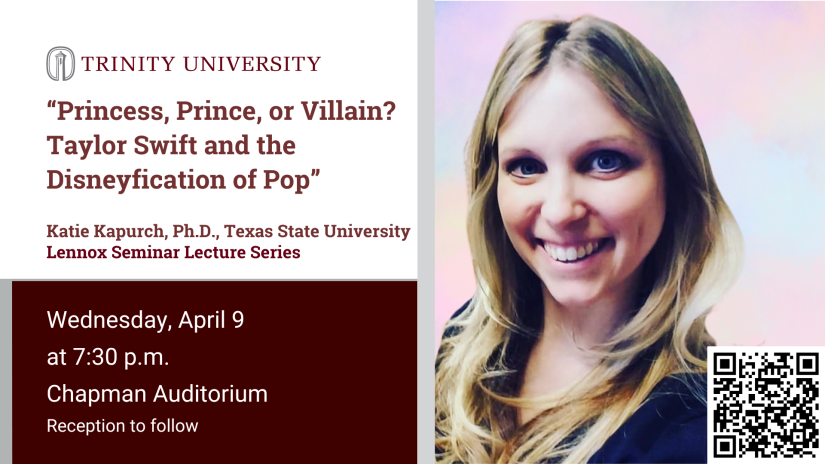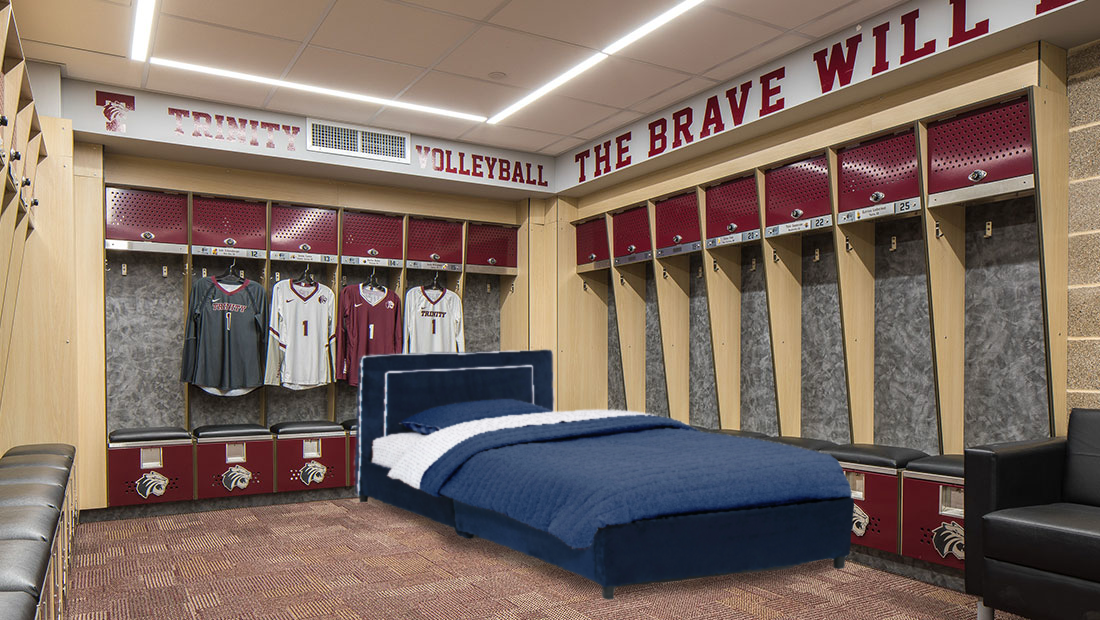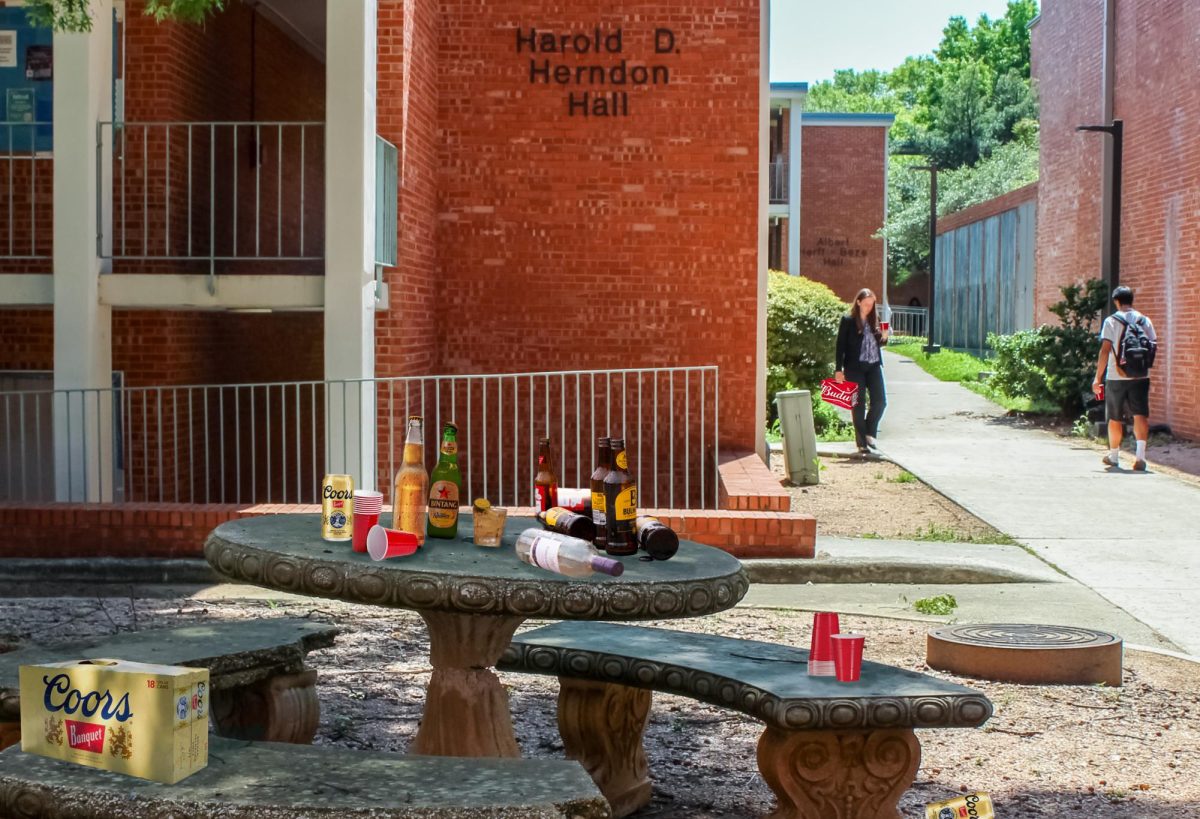A record 695 first-year students are expected to begin class this fall as the university’s most academically impressive class in recent years. While some of those students could change their minds about attending Trinity by the end of the add/drop period, the class of 2022 currently sits 53 students over last year’s first-year class at the beginning of fall 2017.
“It’s very exciting, but it was not necessarily intentional,” said Eric Maloof, vice president for enrollment management. “We saw a spike in yield from some of our highest-performing admitted students.”
The expected size for the first-year class was approximately 640 students, with a margin of error of 20 on either side. Maloof predicted that between 685 and 690 students would be enrolled by census day.
Maloof described the group of incoming first-years as the strongest academic group of first-year students that the university has seen in recent memory, as well as the most selective class in university history. 34 percent of applicants were accepted, compared to 38 percent in 2017 and 41 percent in 2016.The average GPA for the incoming class is 3.6, the average SAT score is 1339, and the average ACT score is 30.1.
“We’ve admitted a lower rate of students but our yield increased,” Maloof said. “We were also excited to enroll an extraordinarily diverse class.”
39.2 percent of the incoming first-year class come from underrepresented backgrounds, which is up from 38.9 percent last year.
“The other exciting thing is that our male to female ratio is 50–50,” Maloof said. “That’s very unusual at smaller, residential liberal arts and sciences institutions, and we’re really excited to have that gender mix of being naturally 50–50.”
Despite an increase in population, Deborah Tyson, director of residential life, confirmed that there is enough housing available.
“With the addition of City Vista, the bed count was sufficient to meet the demands of the incoming first-year class,” Tyson wrote in an email interview. “There are no first-year triples.”
No additional resident assistants or other residential life staff were hired to accommodate the incoming first-year class.
Trinity University faculty have also been working to accommodate the first-year class academically. Michael Soto, associate vice president for academic affairs, stated that sections have been added to some courses.
“We have 46 [First-Year Experience] sections, and so class size will remain about what it’s been in the past,” Soto said. “We are going to average just under 15 students per FYE section when the fall semester begins. Where it’s appropriate, we’ve raised course capacity, particularly at 1000 level courses, and we’ve added 10 new sections in high demand areas; in particular, [we’ve added] courses that satisfy some of the specific Pathways requirements that are popular among first-year students.”
Soto explained that new and veteran faculty have made it possible to support the unexpectedly large class.
“There are a handful of new instructors who aren’t part of the full-time Trinity faculty,” Soto said. “We’ve been working with departments and they’ve been very supportive to redirect what Trinity faculty are doing this fall, to make everyone’s experience a positive one.”








